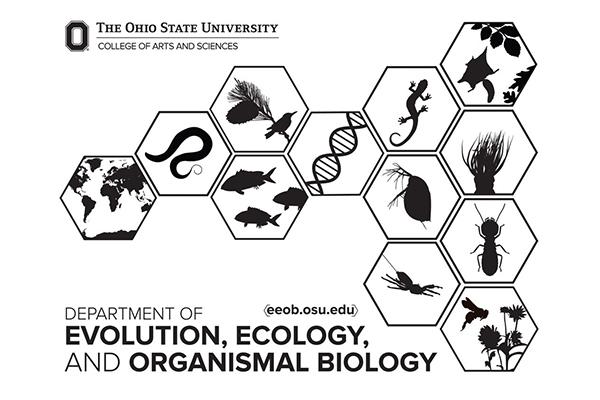EEOB Publications September 1 - September 30

Catalogue of the free-living and arthropod-associated Laelapidae Canestrini (Acari: Mesostigmata), with revised generic concepts and a key to genera
GILBERTO JOSÉ DE MORAES, GRAZIELLE FURTADO MOREIRA, RENATA ANGÉLICA PRADO FREIRE, FRÉDÉRIC BEAULIEU, HANS KLOMPEN, BRUCE HALLIDAY. Zootaxa. Vol. 5184 No. 1: 13 Sept. 2022. DOI: 10.11646/zootaxa.5184.1.1
Abstract
The cosmopolitan mite family Laelapidae includes both free-living predatory species and species associated with arthropods, mammals or birds. This work presents a list of free-living and arthropod-associated species of laelapids, with corresponding taxonomic information and references. It includes 1088 species (in addition to three subspecies) assigned to 73 genera, 61 new combinations and two new synonymies at the generic level. Laelaps (Apolaelaps) Silvestri is raised to the generic level. Many of the species described before about 1950 are poorly characterised and cannot be classified with confidence at the family or generic level. Hence, ten genera, one subgenus, 121 species (ca. 70% of which were reported as Hypoaspis Canestrini or Laelaps (Hypoaspis) Canestrini) and one subspecies, are considered incertae sedis, because of their inadequate morphological characterisation in the literature. Some of these may not even belong to the Laelapidae or to the groups of interest for this publication. A total of 89 species, 30 genera, one subgenus, one tribe and one subfamily previously associated with genera treated in this catalogue are now placed in other families or, less commonly, in laelapid genera not considered here because they are considered essentially vertebrate parasites (taxa excluded). Twenty-six other species (one cited as a “variety”) are cited as nomina nuda. An illustrated key to the 73 genera included in the catalogue along with revised generic diagnoses are provided.
Decoupled spatiotemporal patterns of avian taxonomic and functional diversity
Marta Jarzyna and James Stagge. Authorea. 2022. DOI: 10.22541/au.166333709.96106762/v1
Abstract
Each year, seasonal bird migration leads to an immense redistribution of species occurrence and abundances, with pervasive, though unclear, consequences for patterns of multi-faceted avian diversity. Here, we uncover stark disparities in spatiotemporal variation between avian taxonomic and functional diversity across the continental US. In the eastern US, the temporal patterns of taxonomic and functional diversity are diametrically opposed, with functional richness highest in winter despite seasonal loss of species, and the remaining most abundant species amassed in a few regions of the functional space that likely reflect the resources available in winter. In contrast, in the western US, both species and functional richness are high during the breeding season, and species’ abundances are regularly distributed and widely spread across the functional space. We anticipate that the uncovered complexity of spatiotemporal associations among avian diversity measures will be the catalyst for adopting an explicitly temporal framework for multi-faceted biodiversity analysis.
